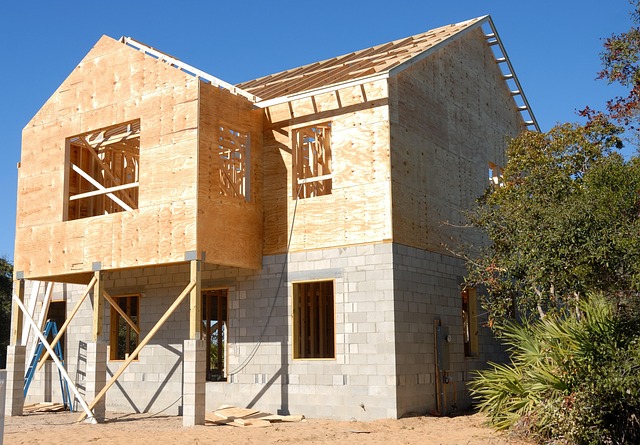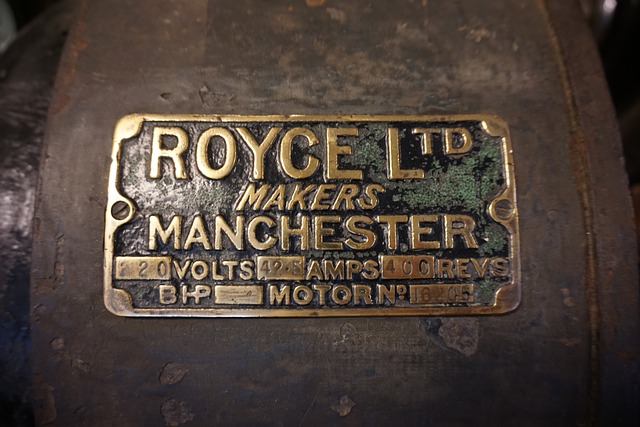Conventional mortgages in real estate offer borrowers flexible terms (5-30 years) and customizable interest rates, catering to diverse financial needs. To make an informed choice, assess affordability, compare costs like fees and rates, and consider prepayment penalties, ensuring a mortgage tailored to your real estate investment goals.
In today’s dynamic real estate market, understanding flexible mortgage options is key to achieving homeownership. Conventional mortgages with adjustable terms offer borrowers a tailored approach, balancing fixed-rate stability with potential long-term savings. This article explores the fundamentals of conventional mortgages, delves into the variety of term lengths available, and provides insights on selecting the ideal flexible term mortgage to fit individual needs and financial goals.
Understanding Conventional Mortgages: Basics and Benefits

In the real estate world, conventional mortgages stand as a cornerstone for countless property purchases. These loans are not insured or guaranteed by any government agency, contrasting with FHA or VA loans. Instead, they’re backed by private lenders, often in the form of banks or credit unions. The flexibility and accessibility of conventional mortgages make them a popular choice among home buyers.
One of the key benefits lies in their terms—typically ranging from 15 to 30 years—which offer borrowers a range of options. Shorter terms come with lower interest rates but require larger monthly payments, while longer terms spread out the cost over time. This adaptability caters to diverse financial situations and lifestyles, making conventional mortgages a versatile tool in the real estate market.
Flexibility in Term Length: Options for Borrowers

In the realm of real estate, borrowers now have more flexibility than ever with conventional mortgages. One significant aspect is the option to choose from a range of term lengths, catering to various financial preferences and life stages. Traditional mortgages often come with fixed terms, but modern options allow for adjustable rates and terms that can last anywhere from 5 to 30 years.
This versatility empowers borrowers to select a term length aligned with their income stability, future goals, and risk tolerance. A shorter term might suit those secure in their financial futures, while longer terms offer breathing room for individuals with more variable incomes or immediate priorities outside of mortgage repayment.
How to Choose the Right Flexible Term Mortgage

When considering a conventional mortgage with flexible terms in the real estate market, it’s crucial to make an informed decision based on your financial situation and goals. The first step is to assess your affordability. Lenders typically offer flexible term mortgages with options ranging from 5 to 30 years. Evaluate your monthly budget and choose a term that aligns with your ability to repay while accommodating potential financial shifts in the future.
Next, understand the associated costs. These may include loan origin fees, closing costs, and interest rates, which can vary among lenders. Compare multiple offers to find the best combination of low-interest rates and reasonable fees. Additionally, consider the prepayment penalty provisions, especially if you anticipate refinancing or paying off the mortgage early. By carefully considering these factors, you’ll be better equipped to select a flexible term mortgage that suits your real estate investment needs.






